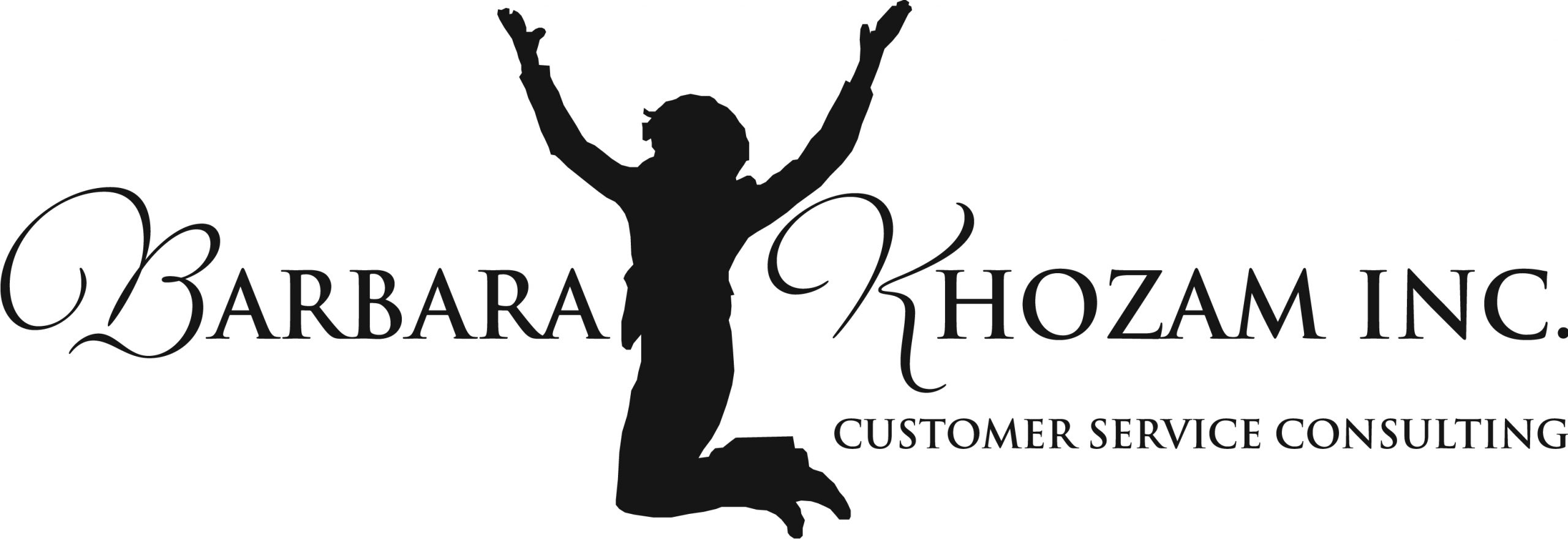With rising customer expectations and fierce marketplace competition, it’s essential to elevate your e-commerce approach for the holiday season. Providing a memorable shopping experience gives customers—both new and returning—a reason to choose you. To achieve this, go beyond basic support by understanding your customers’ mindset and exceeding their expectations.
A holiday customer service strategy can distinguish your brand from competitors and optimize your seasonal service. Here are four steps to create a personalized customer service plan for the holidays:
Step 1: Analyze Last Year’s Holiday Trends
Begin by reviewing trends from last holiday season. Consider the volume of incoming support requests, the most active social channels, and the top customer inquiries. This historical data highlights what worked well and areas for improvement. Use these insights to refine your strategy, cut through holiday noise, and tailor your approach to align with customer preferences and the channels they prefer.
Step 2: Develop Resources for Your Team
Identify areas to improve your holiday support, and equip your team with resources for success, focusing on response times, issue resolution, and personalization. Prepare a checklist for the team, including:
- Meetings with product or buying teams to discuss popular holiday items and potential FAQs.
- A centralized holiday guide covering brand tone, sample responses, and key links.
- Resources for team leaders to ensure staffing meets demand.
- An emergency response plan to manage unexpected issues or PR crises effectively.
- Providing these resources helps your support team feel confident and prepared for the holiday rush.
Step 3: Equip Your Team with the Right Tools
Create a training program that covers essential skills like communication, product expertise, and stress management, ensuring a unified, high-quality service experience. Introduce tools such as chatbots and automation to scale interactions and save time. Budget-friendly tools like Mention or Buffer can track frequently asked questions, helping your team monitor trends and resolve issues swiftly. These tools can also help your support and marketing teams align on popular features and influencer campaigns.
Step 4: Integrate Customer Experience Technology
Use tools and technology to streamline operations and improve customer experience. For example, website analytics tools like Google Analytics can help you monitor traffic and page performance, while tools like Bitly can track engagement metrics, such as clicks and click-through rates, to gauge the effectiveness of your campaigns. Leveraging these insights will allow you to refine your holiday strategy and keep customers engaged.
By following these steps, you’ll be equipped to handle the holiday season smoothly, delivering a positive, memorable experience that encourages customer loyalty.

